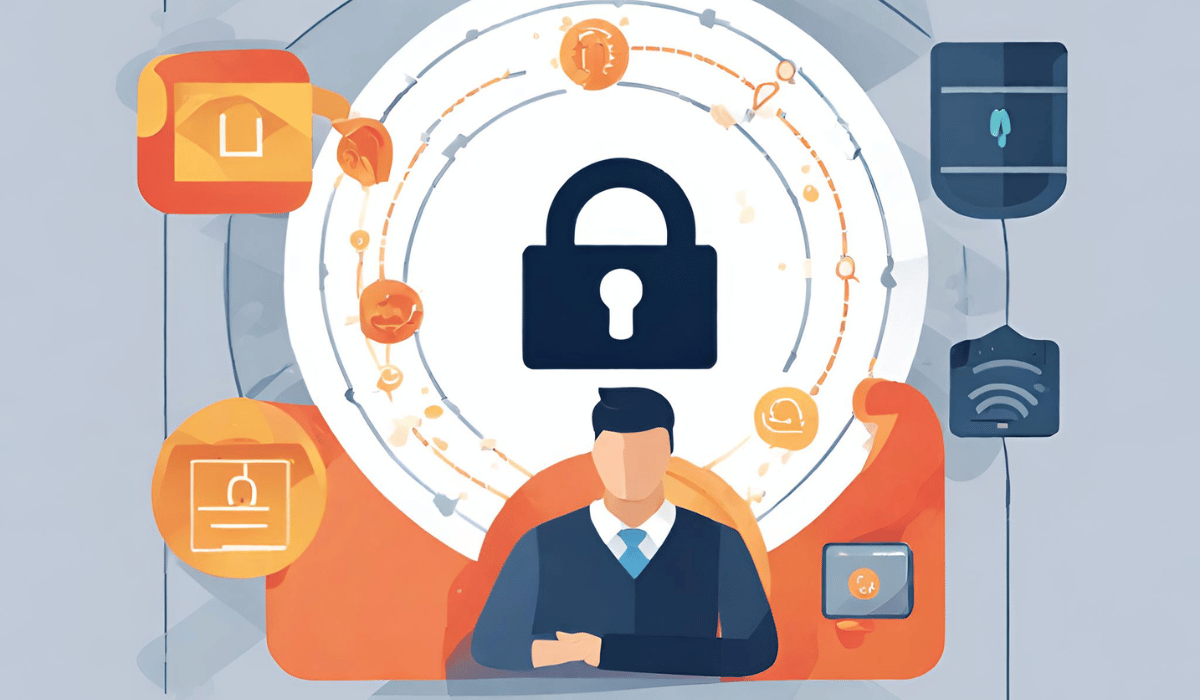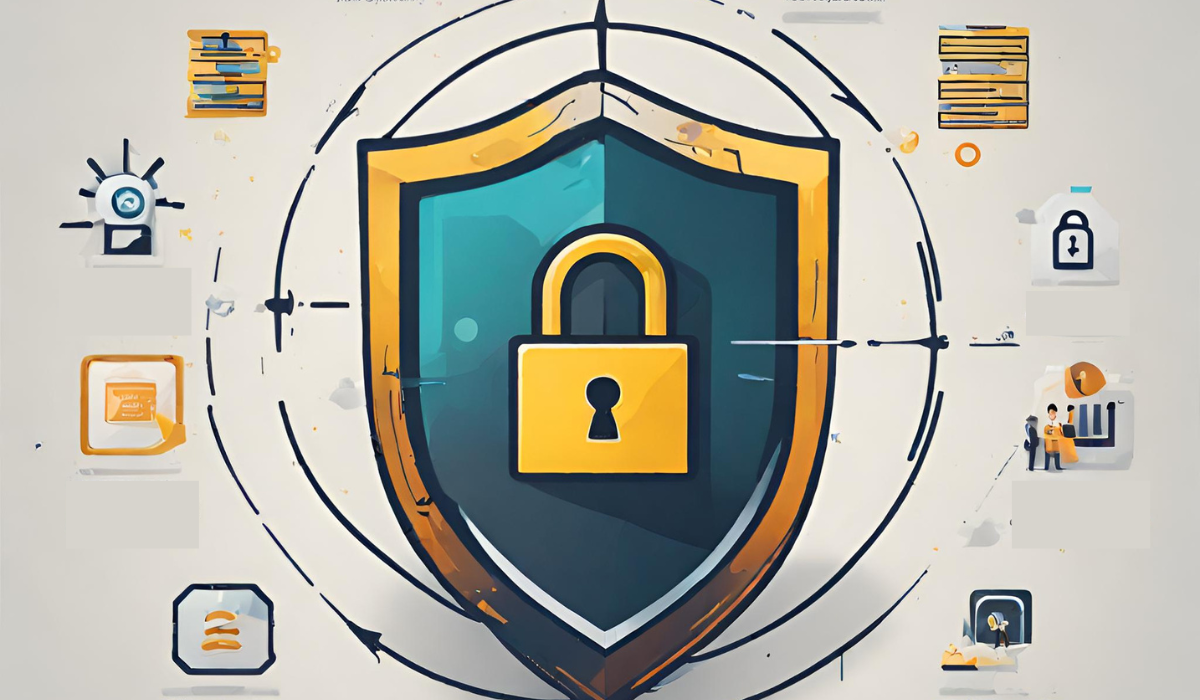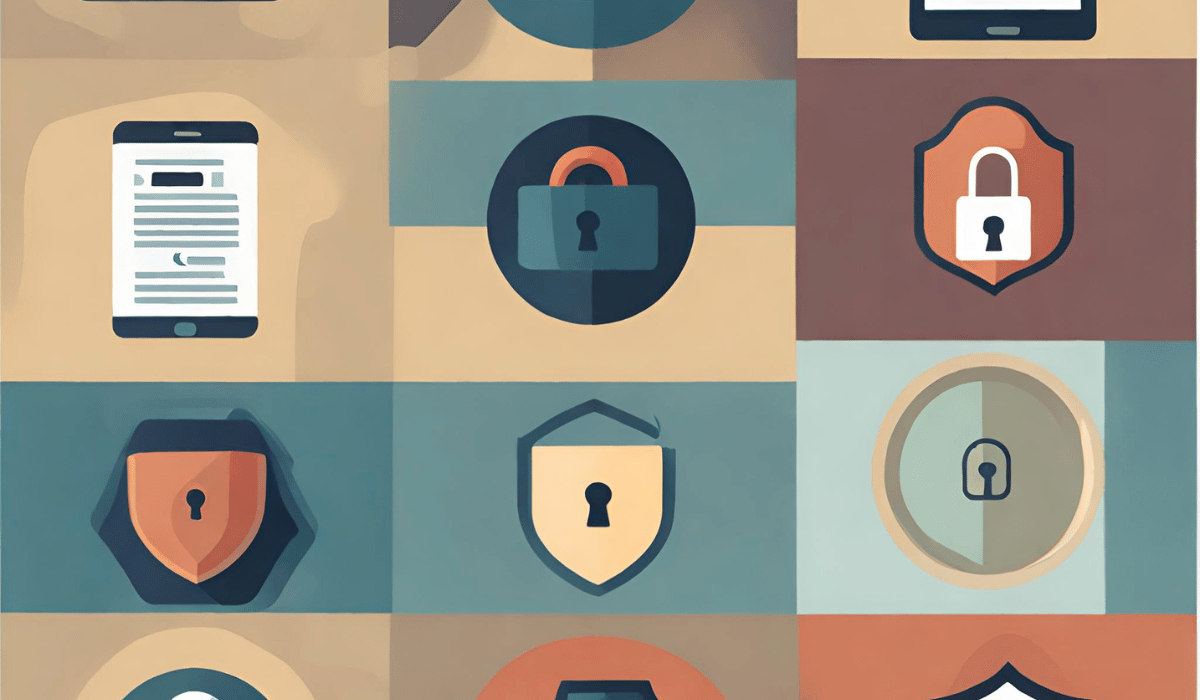Intro to L2TP
L2TP stands for Layer 2 Tunneling Protocol. It is a protocol used for creating virtual private networks (VPNs) by encapsulating data in a point-to-point protocol (PPP) packet and then sending it over the internet. L2TP is often used in combination with Internet Protocol Security (IPSec) for encryption and authentication. It is commonly used by businesses and organizations to securely connect remote users to their corporate networks.
Importance of Encryption in L2TP

L2TP stands for Layer 2 Tunneling Protocol, which is a protocol used to create virtual private networks (VPNs). It is often used in combination with another protocol, such as IPsec, to provide encryption and authentication for secure communication over the internet. L2TP itself does not provide any encryption or security features, but it does provide a mechanism for tunnelling data between two endpoints.
How does L2TP work?
L2TP works by encapsulating data packets from one network protocol within another network protocol. For example, it can encapsulate PPP (Point-to-Point Protocol) packets within IP (Internet Protocol) packets. This allows the PPP packets to be transmitted over an IP network, such as the Internet.L2TP also establishes a tunnel between two endpoints, typically a client and a server.
L2TP Encryption Protocols
L2TP supports various encryption protocols to ensure secure data transmission over the tunnel. Some of the commonly used encryption protocols in L2TP include:
1. IPSec (Internet Protocol Security): IPSec is a widely used encryption protocol in L2TP. It provides strong encryption and authentication mechanisms to secure the data being transmitted over the tunnel.
2. PPTP (Point-to-Point Tunneling Protocol): PPTP is another encryption protocol that is commonly used in L2TP.
PPTP vs L2TP
PPTP and L2TP are both tunneling protocols used for secure data transmission over the internet. However, there are some differences between the two:
1. Security: L2TP is considered more secure than PPTP because it uses stronger encryption protocols like IPSec.
2. Compatibility: PPTP is more widely supported than L2TP, as it is supported by most operating systems and devices.
L2TP vs OpenVPN

L2TP and OpenVPN are both tunneling protocols used for secure data transmission over the internet. Here are some differences between the two:
1. Security: OpenVPN is considered to be more secure than L2TP because it uses stronger encryption protocols and authentication methods.
2. Flexibility: OpenVPN is more flexible than L2TP as it can run over several different transport protocols such as TCP, UDP, and SSL/TLS.
IPSec vs L2TP
IPSec and L2TP are both tunneling protocols used for secure data transmission over the internet. Here are some differences between the two:
1. Security: IPSec is considered to be more secure than L2TP because it uses stronger encryption protocols and authentication methods.
2. Flexibility: L2TP is more flexible than IPSec as it can run over several different transport protocols such as UDP, IP, and PPP.
L2TP with IPsec Encryption
L2TP with IPsec encryption is a combination of two protocols used for secure data transmission over the internet. L2TP (Layer 2 Tunneling Protocol) is used to create a tunnel between two endpoints over the internet, while IPsec (Internet Protocol Security) is used to encrypt and authenticate the data that is transmitted through the tunnel.L2TP with IPsec encryption provides a high level of security as it uses strong encryption algorithms and authentication methods to protect the data from unauthorized access and interception.
Advantages of L2TP with IPsec
L2TP with IPsec offers several advantages for secure data transmission over the internet. Some of the key advantages include:
1. Strong encryption: L2TP with IPsec uses strong encryption algorithms to protect the data from unauthorized access and interception. This ensures that the data remains confidential and secure during transmission.
2. Authentication: IPsec provides authentication mechanisms to verify the identity of the endpoints and ensure that the data is not tampered with during transmission.
Disadvantages of L2TP with IPsec
While L2TP with IPsec offers many benefits, there are also some disadvantages to consider:
1. Overhead: The additional encryption and authentication processes can add overhead to the network, which can slow down the transmission speed.
2. Compatibility: Some devices and networks may not be compatible with L2TP with IPsec, which can limit its usefulness in certain situations.
3. Configuration complexity: Setting up and configuring L2TP with IPsec can be complex and time-consuming.
L2TP with AES Encryption
L2TP with AES encryption offers enhanced security features, making it a popular choice for organizations that prioritize data protection. AES encryption is a widely recognized standard for data encryption and is considered highly secure. However, it’s important to note that even with AES encryption, there can still be vulnerabilities in the network or device configurations that can compromise security. It’s essential to implement proper security measures and regularly update and monitor the system to ensure maximum protection.
Advantages of L2TP with AES
L2TP with AES encryption offers several advantages for secure data transmission. Firstly, L2TP provides a secure tunnel for data transmission, which prevents unauthorized access to the data. Additionally, using AES encryption ensures that the data is protected with a highly secure encryption algorithm. L2TP with AES also offers compatibility with a wide range of devices and operating systems, making it a versatile choice for organizations.
Disadvantages of L2TP with AES
While L2TP with AES offers several advantages, there are also some potential disadvantages to consider. One of the main drawbacks is that L2TP with AES can be slower than other encryption methods, which can impact the speed of data transmission. Additionally, L2TP with AES may not be suitable for all types of data transmission, as some types of data may require a higher level of security.
L2TP with 3DES Encryption
L2TP with 3DES encryption is another option for securing data transmission over a network. 3DES (Triple Data Encryption Standard) is a symmetric encryption algorithm that uses three separate keys to encrypt and decrypt data. This provides a higher level of security compared to L2TP with AES, as 3DES is considered to be more resistant to brute force attacks.
Advantages of L2TP with 3DES
L2TP with 3DES encryption offers several advantages for securing data transmission over a network:
1. High level of security: 3DES encryption provides a high level of security, making it difficult for unauthorized users to access sensitive data.
2. Compatibility: L2TP with 3DES is compatible with a wide range of devices and operating systems, making it a flexible option for securing data transmission.
Disadvantages of L2TP with 3DES
While L2TP with 3DES encryption offers several advantages, there are also some disadvantages to consider:
1. Performance: 3DES encryption can have an impact on network performance, as it requires more processing power to encrypt and decrypt data. This can result in slower data transmission speeds.
2. Vulnerabilities: While 3DES is a strong encryption algorithm, it is not immune to vulnerabilities. As technology advances, new vulnerabilities may be discovered that could compromise the security of data transmitted.
L2TP with Blowfish Encryption
L2TP (Layer 2 Tunneling Protocol) with Blowfish encryption is a VPN (Virtual Private Network) protocol that provides secure communication over the internet. Blowfish is a symmetric encryption algorithm that uses a variable-length key, making it difficult to crack.
Advantages of L2TP with Blowfish
L2TP with Blowfish encryption has several advantages, including:
1. Strong Encryption: Blowfish encryption is a strong encryption algorithm that provides secure communication over the internet.
2. Compatibility: L2TP with Blowfish is compatible with most operating systems, including Windows, Mac, and Linux.
3. Performance: L2TP with Blowfish encryption has a low overhead, which means that it does not significantly impact network performance.
Disadvantages of L2TP with Blowfish
There are a few potential disadvantages of using L2TP with Blowfish encryption, including:
1. Limited Security: While Blowfish encryption is strong, it is not considered to be as secure as some other encryption algorithms, such as AES.
2. Vulnerabilities: Like any encryption algorithm, Blowfish has potential vulnerabilities that could be exploited by attackers.
3. Configuration Complexity: Setting up L2TP with Blowfish encryption can be complex and may require some technical expertise.
Choosing the Right Encryption Protocol for L2TP
When choosing an encryption protocol for L2TP, it is important to consider the level of security needed for your specific use case. While Blowfish encryption is a popular choice, it may not be the best option for all situations. Other encryption protocols, such as AES or Triple DES, may offer stronger security and fewer vulnerabilities. However, these protocols may also require more processing power and may be more complex to configure.
Ultimately, the choice of encryption protocol will depend on your specific needs and resources.
Common L2TP Encryption Issues and Solutions
Here are some common L2TP encryption issues and their solutions:
1. Slow performance: L2TP encryption can slow down network performance, especially on older hardware. To improve performance, consider upgrading your hardware or using a more efficient encryption protocol.
2. Compatibility issues: L2TP encryption may not be compatible with all devices and operating systems. To ensure compatibility, make sure that all devices and systems support L2TP encryption.
Conclusion
In conclusion, L2TP encryption is a useful tool for securing network traffic, but it can also present some challenges. By being aware of common issues and their solutions, you can ensure that your network remains secure and efficient. Remember to always stay up to date with the latest encryption protocols and hardware to optimize performance and compatibility.
FAQs
Why is encryption important in L2TP?

Encryption is important in L2TP because it helps to secure network traffic by providing a secure tunnel for data to travel through. This helps to prevent unauthorized access or interception of sensitive information. Without encryption, data transmitted over a network can be easily intercepted and read by anyone with access to the network.
What are the different L2TP encryption protocols?
There are several different encryption protocols that can be used with L2TP, including:
1. Data Encryption Standard (DES)
2. Triple DES (3DES)
3. Advanced Encryption Standard (AES)
Each of these protocols offers varying levels of security and performance, and the choice of which one to use will depend on the specific needs of the network and the devices being used. It is important to choose a protocol that provides strong encryption while still allowing for efficient data transfer.
Which L2TP encryption protocol is the most secure?
Of the three L2TP encryption protocols listed, Advanced Encryption Standard (AES) is considered to be the most secure. It is a widely used encryption standard that has been adopted by many organizations and governments around the world. AES uses a symmetric-key algorithm that is designed to be highly resistant to attacks, making it a good choice for securing sensitive data.
Can L2TP be used without encryption?
Yes, L2TP can be used without encryption. However, it is not recommended as it can leave the data vulnerable to interception and unauthorized access. It is always advisable to use encryption with L2TP to ensure the security and privacy of the data being transferred.
